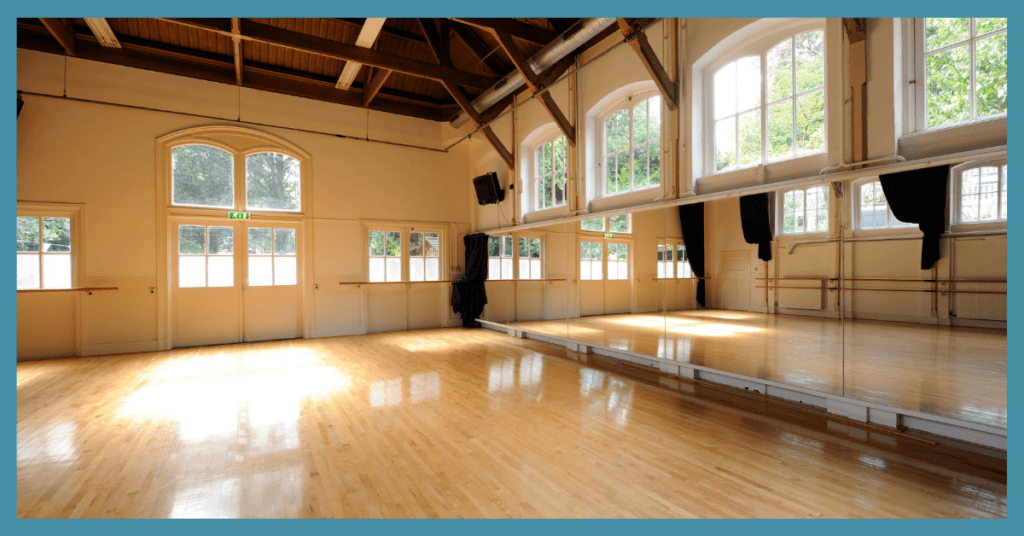How to Handle Price Increases at Your Dance Studio

Raising prices is one of the most dreaded tasks for any dance studio owner. Every January, when we implement our annual price increase at our studio, I find myself bracing for the first couple of weeks. It’s not unusual to hear lighthearted jokes about my “holiday fund” or “new car,” but occasionally, the comments hit harder—complaints about the increase or insinuations that our classes aren’t worth the extra cost.
Over the years, I’ve learnt that handling price increases is as much about communication and mindset as it is about financial planning. Here’s how we approach it and some tips for managing the inevitable feedback.
Why We Increase Prices
At our studio, we increase prices every January for classes and every September for private lessons. Staggering the increases helps spread the impact for students who take both. Currently, our increases are modest—50p per half-hour for private lessons and 20-30p per class. While this might seem small, it helps us stay aligned with rising costs, including inflation, operational expenses, and government policy changes.
Recent updates from the Labour government, particularly around National Insurance, have added to the financial strain for studio owners who employ staff. Combined with the ever-rising costs of music licences, insurance, training, and subscriptions, these increases are a necessity—not a luxury.
Dealing with Customer Feedback
Let’s face it: not everyone will accept price increases gracefully. Just this week, a student expressed her dissatisfaction in our WhatsApp group. While most members stayed silent, a couple joined in agreement. I took the time to reply to the group, explaining that we’ve absorbed many of the rising costs over the past year and that the increase is essential to keep things running smoothly.
It’s hard not to take comments like these personally. After all, people rarely question the price of bread at the supermarket, yet they feel entitled to challenge a small local business. Perhaps it’s because dance studios feel more personal, like a family. But as much as it stings, I remind myself that the feedback isn’t always about me—it’s about change, which some people naturally resist.
On the flip side, there are moments of validation. One student exclaimed during a class, “Worth every penny! You can’t take your money with you, ladies!” Comments like these remind me why we do what we do and reassure me that our services are valued.
How to Respond Professionally
When faced with complaints, staying calm and professional is key. Here are some strategies that have worked for us:
Be Transparent but Firm
While it’s not necessary to justify yourself, a brief explanation can help. For example, outlining the rising costs of running a studio—teaching time, preparation, licences, insurance, training, and more—gives context without over-explaining.
Focus on Value
A friend of mine suggested asking customers outright: “Do you feel the classes no longer offer value for what you’re paying?” This can be a powerful way to reframe the conversation and encourage appreciation for what you provide.
Encourage Peer Support
Often, your loyal students will step in to defend your pricing. Their advocacy can carry more weight with other customers than anything you say yourself.
Stay Confident
Remember that your pricing reflects the value of your time, expertise, and effort. It’s okay to take pride in what you offer.
Timing Your Increases
The timing of a price increase matters. January and September are ideal for us because people are already resetting routines and considering new activities. However, if you’re introducing a niche programme or service, you could implement changes at any point in the year. Planning ahead and giving plenty of notice helps to minimise surprises.
Lessons Learned
Handling price increases isn’t easy, but over time, I’ve learned:
You Can’t Please Everyone
Some people will always resist change, but that doesn’t mean your decision is wrong.
Focus on the Supportive Voices
For every complaint, there’s often a student who will praise your classes as “worth every penny.” Hold onto those moments.
Don’t Underestimate Your Worth
Running a dance studio involves far more than teaching. From lesson planning to safeguarding and fire training, there’s so much behind the scenes that adds value to what you offer.
Final Thoughts: You’ve Got This!
Raising prices is never comfortable, but it’s a necessary step to keep your studio thriving. Remember, your time and expertise are worth it—and most of your students know it, too. Stay confident, focus on the positive feedback, and trust in the value you provide. You’ve got this!






Responses